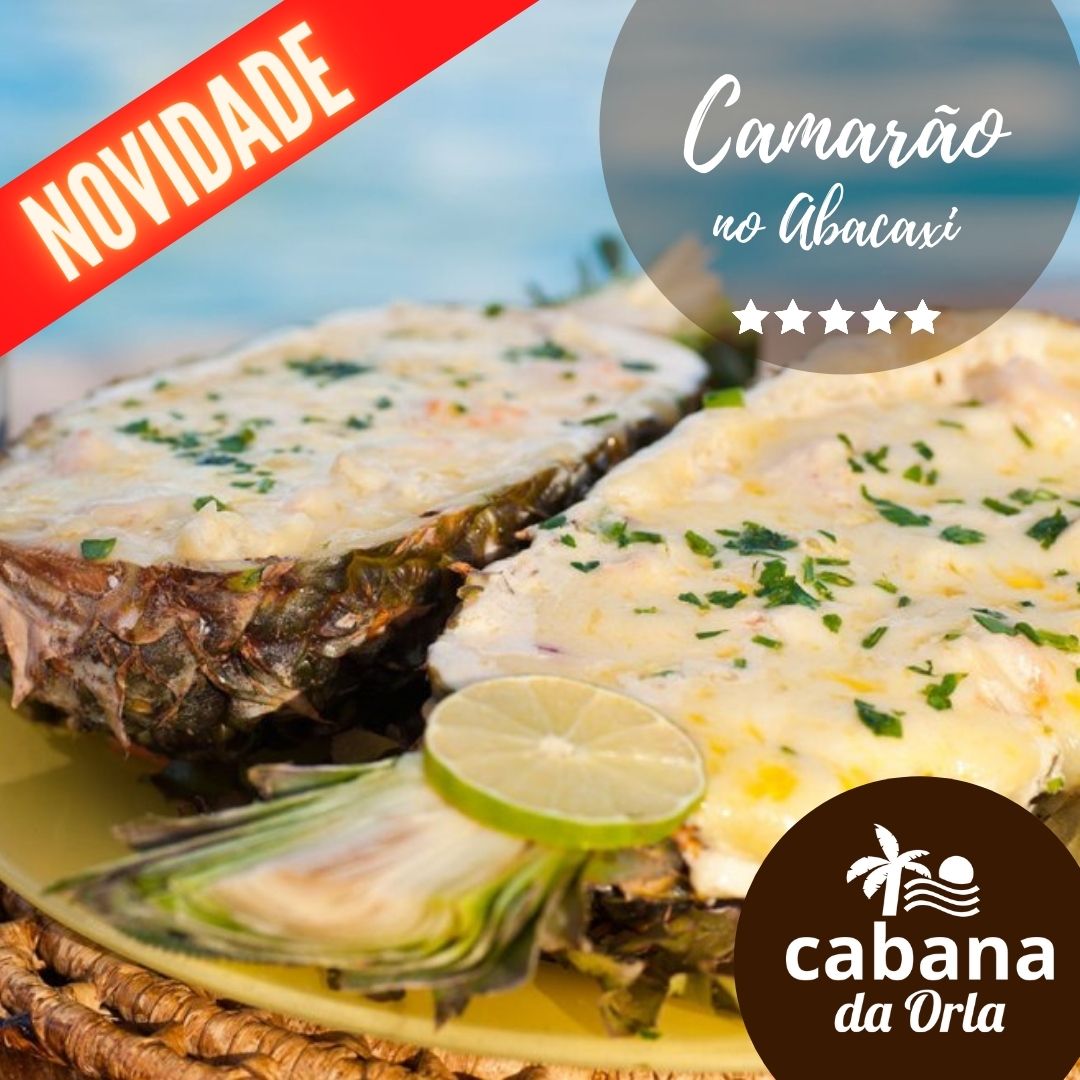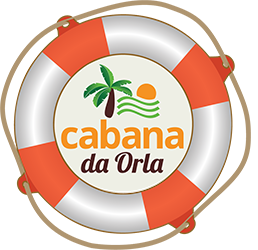BRAZILIAN FOOD
Mandioca (cassava) vs. Potato
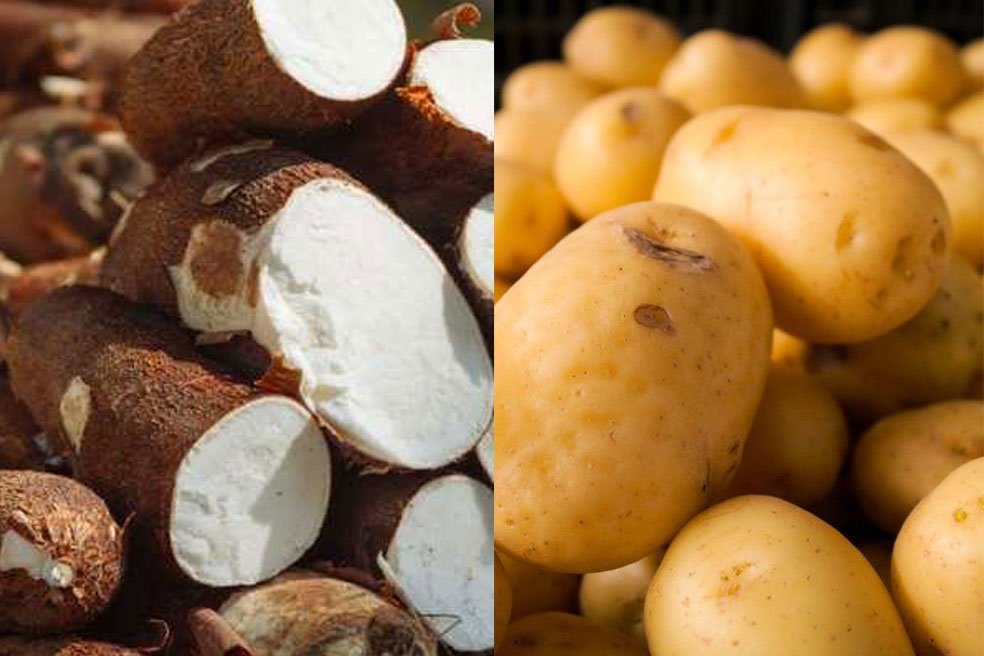
Inexpensive, resistant, nutritious and full of special carbohydrates, cassava was chosen by the United Nations as the food of the 21st century.
Historical root
Brazil is the birthplace of cassava. From the center of the country, the tuber has spread to more than 100 nations since the arrival of the Portuguese. Its importance was so great in the times of the colony that Father José de Anchieta baptized it as the “bread of the earth”. Quoted in the letter by Pero Vaz de Caminha, it ended up being adopted by the Portuguese. "Had it not been for his presence, the occupation of Brazilian lands would have been more difficult", says Joselito Motta. Not for nothing, the historian Luís da Câmara Cascudo called the plant the “queen of Brazil.”
Cassava has certain advantages over potatoes. It has a greater amount of vitamins A, B1, B2 and C, To be fair, however, we need to warn you that the abundance of energy has a side effect: 100 grams of cassava have almost three times more calories than the same portion of potatoes - 160 against 58 calories.
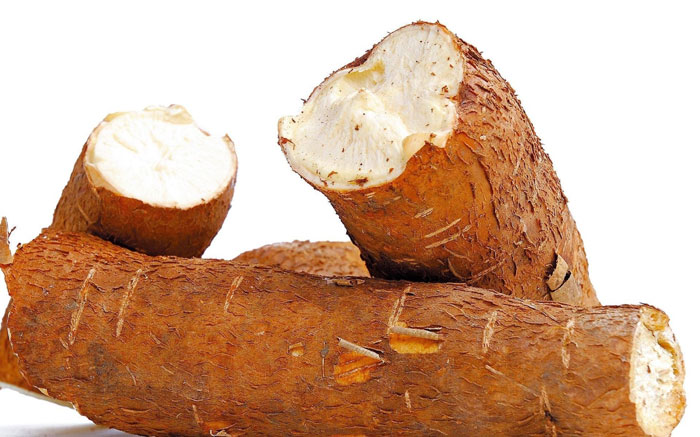
Only this should not scare anyone who worries about weight. The carbohydrate composition of the root causes it to prolong satiety. Not least, cassava usually has a free pass in diets and is recommended for diabetics.
To the taste of the customer
It can be tasted cooked, fried, pureed and gives rise to tapioca, starch and flour. Check it out:
1. Cooked
The time on the stove usually varies depending on the harvest. In general, it takes 15 minutes over high heat with water and a drizzle of oil. The secret to making it soft is to keep it immersed in the cooking water until it is time to serve.
2. Flour
It goes into the recipe for pasta and cakes and is the basis of the traditional farofa, which goes well with feijoada and carne de sol. To prepare it, it is essential to use oil or butter. So, watch out for excesses.
3. Tapioca
Prioritize fresh gum to get more flavor. The important thing in the preparation is not to brown the tapioca: put it in the frying pan, turn it over and remove it immediately. Serve it white and use the imagination in the filling.
4. Polvilho
Prefer the fresh, less industrialized types, which have a more striking flavor. Sour is used in cheese bread and in sequilhos. Sweet is an ingredient in chipa, a cookie from Paraguayan cuisine.
5. Fries
Here is the temptation of the bars. Before frying, it is necessary to cook the cassava and keep it immersed in water until it is time to cut and take it to the pan with oil. A healthier alternative is water-based electric fryers.
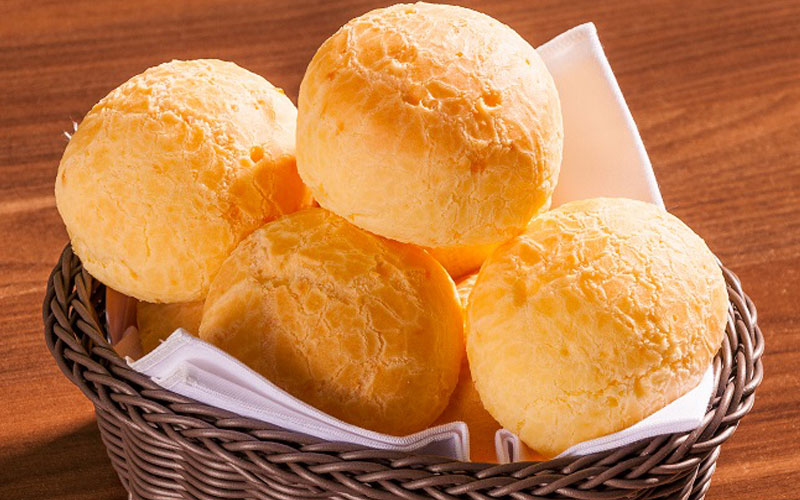 Cheese bread
Cheese bread
 Simple Farofa
Simple Farofa
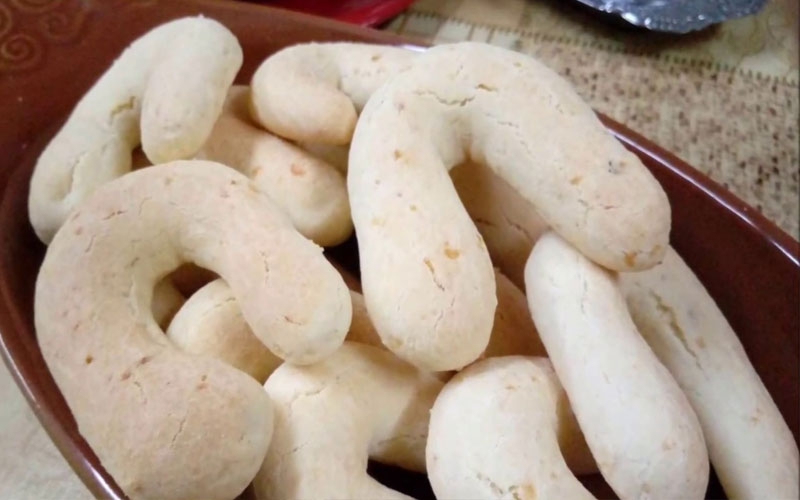 Cassava Biscuit
Cassava Biscuit
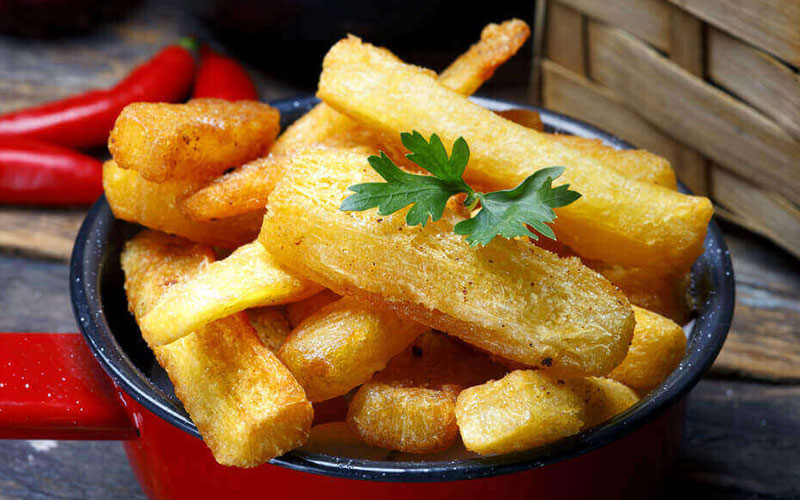 Fried Cassava
Fried Cassava
